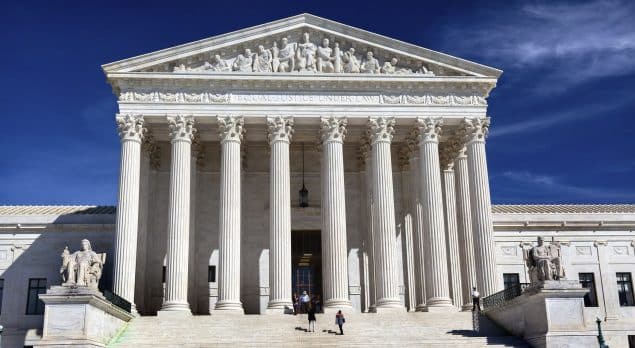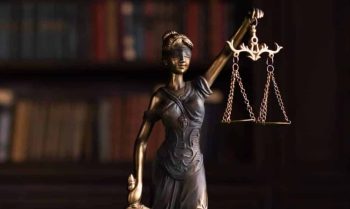Home » Crime and Fraud » What Fraud? George Bidwell’s fake bills that scammed the Bank of England
What Fraud? George Bidwell’s fake bills that scammed the Bank of England
https://www.whatjobs.com/news/business-crime-and-fraud/what-fraud-george-bidwells-fake-bills

By Kris Paterson in Crime and Fraud, posted August 31, 2022

Who is George Bidwell and what was his fraud?
George Bidwell was born in Bloomfield, New York, in 1835.
From the age of six, he helped his father in the family shop before eventually becoming a merchant.
However, a conman tricked them out of a large amount of money, destroying their firm and which led him to a life of crime.
READ MORE: LOU PEARLMAN RIPPED OFF BOYBANDS INCLUDING BACKSTREET BOYS AND NSYNC IN $1 BILLION PONZI SCHEME
By the age of 30, George had been imprisoned for a fraud of his own in West Virginia.
However, he managed to escape from prison and fled to New York where he and his brother Austin met up with a gang of forgers.
The gang decided to try their luck in Europe in 1871, with George "Mac" MacDonnell and Edwin Noyes Hill.
What was the scam?
By 1872 the gang had moved to England, quickly discovering an opportunity with bills and an exchange promise to pay a certain amount of money in the near future.
They were bought and sold at a discount by the Bank of England.
They opened business accounts under two different names at the Bank of England and the Continental Bank with legitimate bills of exchange.
After a period of shuffling money between the funds, they started selling forged bills, dated three months in the future, to the Bank of England, using the other account to launder the proceeds.
What happened next?
Initially, the fraud worked well, as the Bank of England accepted the bills without asking any questions.
This persuaded the gang to print an additional batch of false bills.
However, they accidentally omitted the due date on two of their bills from this run.
A clerk at the Bank of England noticed the discrepancy and contacted the person who had supposedly issued the bill, uncovering the fraud.
Noyes Hills was eventually arrested trying to cash a cheque for £20,000 (£2.4 million today) while the three others were ultimately tracked down.
All four received lengthy sentences.
Before they were caught, the gang sold £102,217 in bills (£9.3m today) from the Bank of England, though some of the money was recovered when New York police seized a large chest containing $220,500 in US bonds they had bought with the proceeds.
Jewelry and gold were also found.
The scam could have been avoided had the Bank of England contacted the issuer to check that the bills were genuine before buying them-as was standard practice on Wall Street at the time.
Kris Paterson is a writer for WhatJobs.com
Follow us on YouTube,Twitter,LinkedIn, and Facebook














